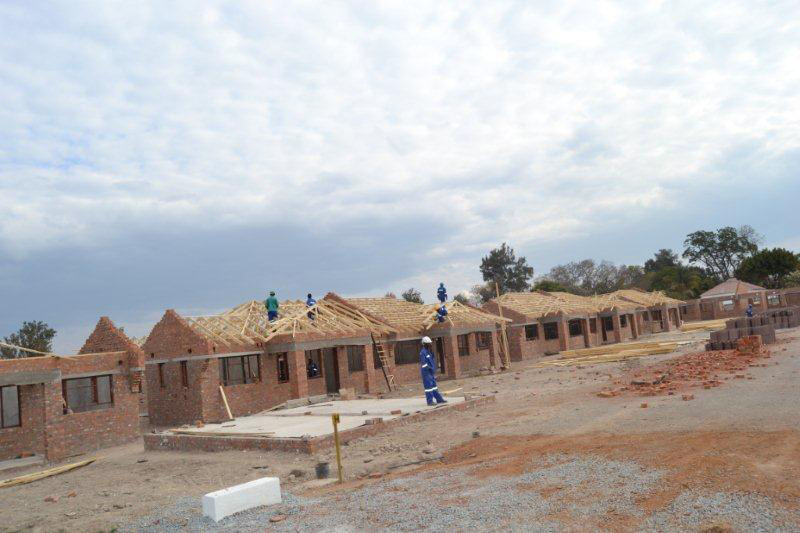RBZ gives banks ultimatum

Business Editor—
THE Reserve Bank of Zimbabwe (RBZ) has ordered all banking institutions to submit approved financial inclusion plans within the next four months as part of measures to increase public accessibility to financial services. The financial services sector is critical in oiling economic turnaround efforts and successful implementation of the government’s blue-print, the Zimbabwe Agenda for Sustainable Socio-Economic Transformation (Zim-Asset).
Achieving financial inclusion is at the heart of the central bank’s 2015 monetary policy interventions for stabilising the banking sector.
As such the RBZ is on a crusade urging all banking institutions to embark on cost efficient initiatives and adoption of models that make banking more accessible to the public.
“All banking institutions should submit to the Reserve Bank by 31 December 2015, three-year board approved financial inclusion plans, with respect to their targets relating to branch network, agencies, account numbers, technology, no frills accounts and other specific suite of products and appropriate pricing among others,” RBZ governor John Mangudya said.
Going forward the Reserve Bank will require new applications for banking licences to be accompanied by credible financial inclusion plans as part of the licensing criteria, he added.
Mangudya also ordered all banking institutions to implement tailored consumer education programmes for their customers to increase financial literacy.
The central bank has said buttressing improved financial inclusion requires enhanced opening of low cost deposit accounts and proactive efforts on facilitating shared infrastructure initiatives.
These include cash management, ATMs, data warehouse and archiving, mail, and transport logistics.
Experts say digital solutions have the potential to radically steer financial inclusion in Africa through market transformation of financial products and services.
The linkages between digital financial services (DFS) and the development agenda in Africa were discussed extensively during a panel discussion organised by the African Development Bank (AfDB) and the Making Finance Work for Africa secretariat recently.
According to AfDB, digital payments are central to domestic resource mobilisation as they channel informal savings into the formal financial system.
“There’s growing evidence that digitising payments boosts transaction efficiency, reduces costs and drives financial inclusion,” the regional bank says.
The new approach is expected to benefit the growing informal economy especially and ensure easy measurement of the sector’s contribution to national economy.
Mangudya said adoption of such approaches was also envisaged to enhance efficiencies and reduce operating costs.
“The streamlining of service costs by banks will neatly dovetail into the initiatives by the Reserve Bank to enhance financial inclusion while simultaneously reducing the cost of doing business and improve on competitiveness,” he said.
Meanwhile, the RBZ has tasked banking institutions to work towards a target non-performing loan (NPL) ratio of less than 10 percent by June 30, 2016 and five percent by December 31, of the same year.
It said initiatives to enhance overall credit quality in the banking sector and clearing NPLs was progressing smoothly under the Zimbabwe Asset Management Corporation (ZAMCO), which was set up to mitigate against bad loans.
To date the asset management entity has absorbed $157 million NPLs.
“ZAMCO has started the process of cleansing the toxic assets from the bank’s balance sheet while the full operationalisation of the credit reference system by the end the year is expected to address information asymmetry challenges,” said Mangudya.
“These measures will clear the banking sector of serial defaulters while concomitantly fostering a sound credit culture.”










Comments